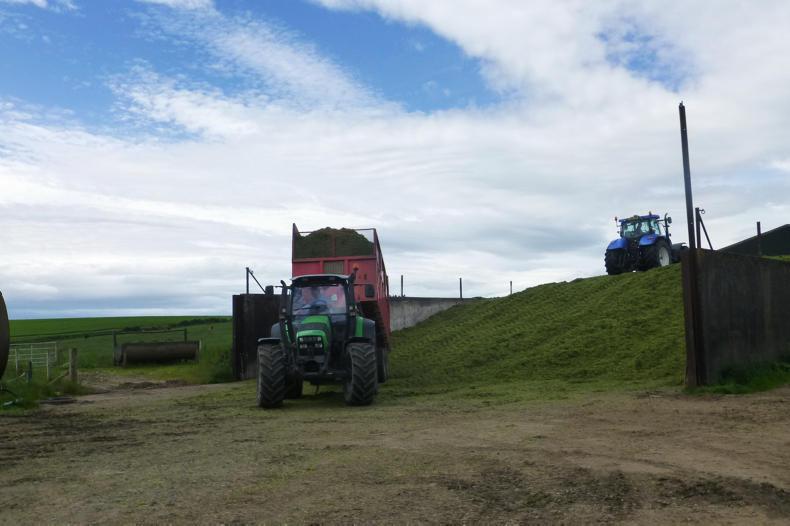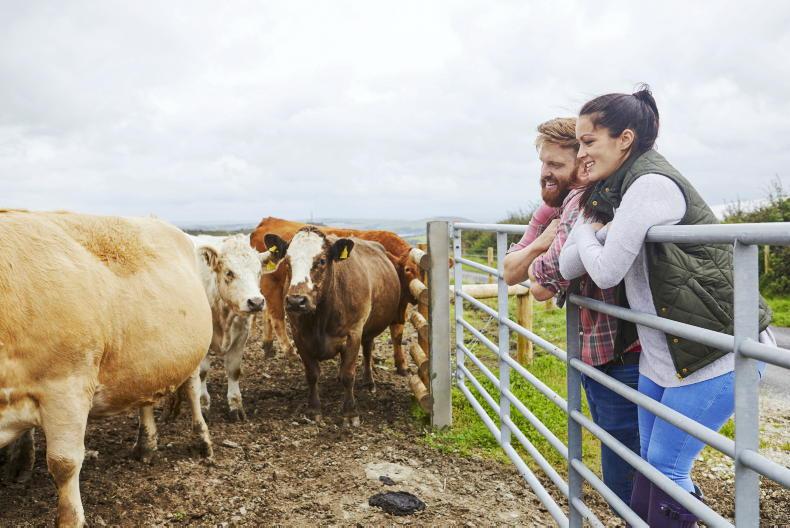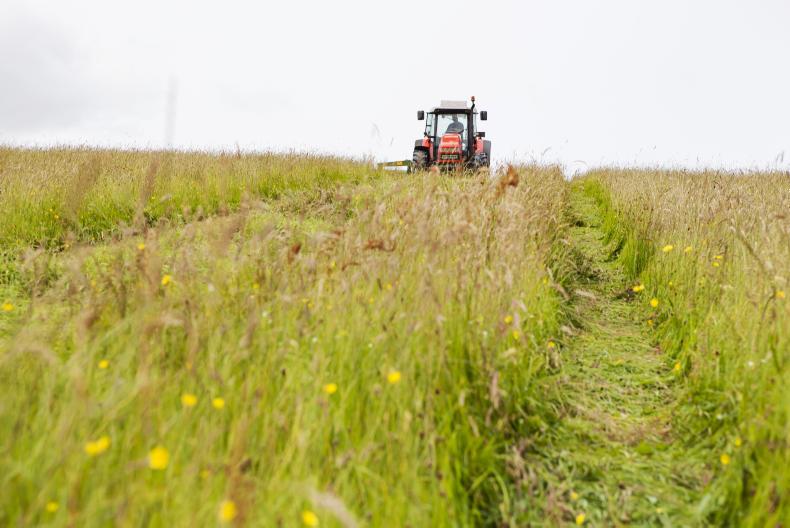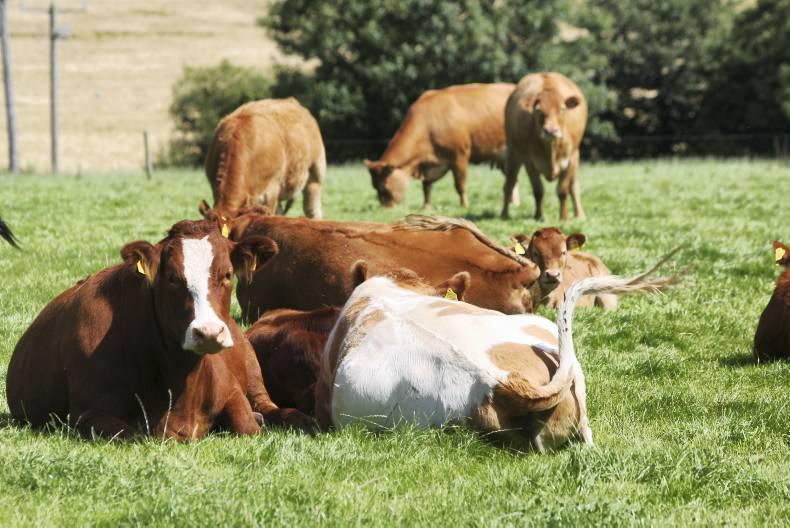Exceptional growing conditions have resulted in reports of bumper first-cut silage crops. The increased yields have farmers considering other options for grass fields. If you have more silage than you expected, it is worth considering other options before you apply expensive inputs like fertiliser.
If silage stocks were fully used up this spring, making some extra silage this year to give a buffer – if cattle have to be housed earlier than planned or if turn-out is delayed next spring – may be the best option. It is important to give yourself reserves to mitigate against difficult Scottish weather. However, if you had enough silage left over this spring then you may need to look at other options for this ground for the rest of the year.
Option 1: Bale silage and sell it
Pros: Easy to do, no change in system, no additional labour input.
Cons: Once a land charge and fertiliser and contractor costs have been taken into account, this is often breakeven at best. Selling a standing crop of grass may be a good option.
Option 2: Buy store lambs
Pros: Good option for short-keep animals that don’t clog up the farm system into the winter period. Can aid cash flow.
Cons: Volatile market. With lots of grass around, many farmers may be looking at buying lambs driving store prices. Short-keep lambs often come to slaughter when market is at its lowest.
Option 3: Make hay
Pros: Good-quality hay is always useful to have in reserve. Perfect for dry cows, young calves, bulls and ewes pre-lambing. Hay will also last in the shed for more than one season.
Cons: Weather. Making good-quality hay needs three or four good days in a row, which are not always available later in the season.
Option 4: Reseed
Pros: Reseeding grassland in July, versus a typical autumn reseed, gives a greater opportunity to apply a post-emergence spray and get multiple light grazings on the newly established sward to encourage tillering, minimising weed establishment.
Cons: Reseeding grassland is expensive and should only be carried out where the extra grass grown can be utilised. If excess grass is a common occurrence on farm at this time of year, increasing the overall stocking rate of the unit may be a better option.











SHARING OPTIONS